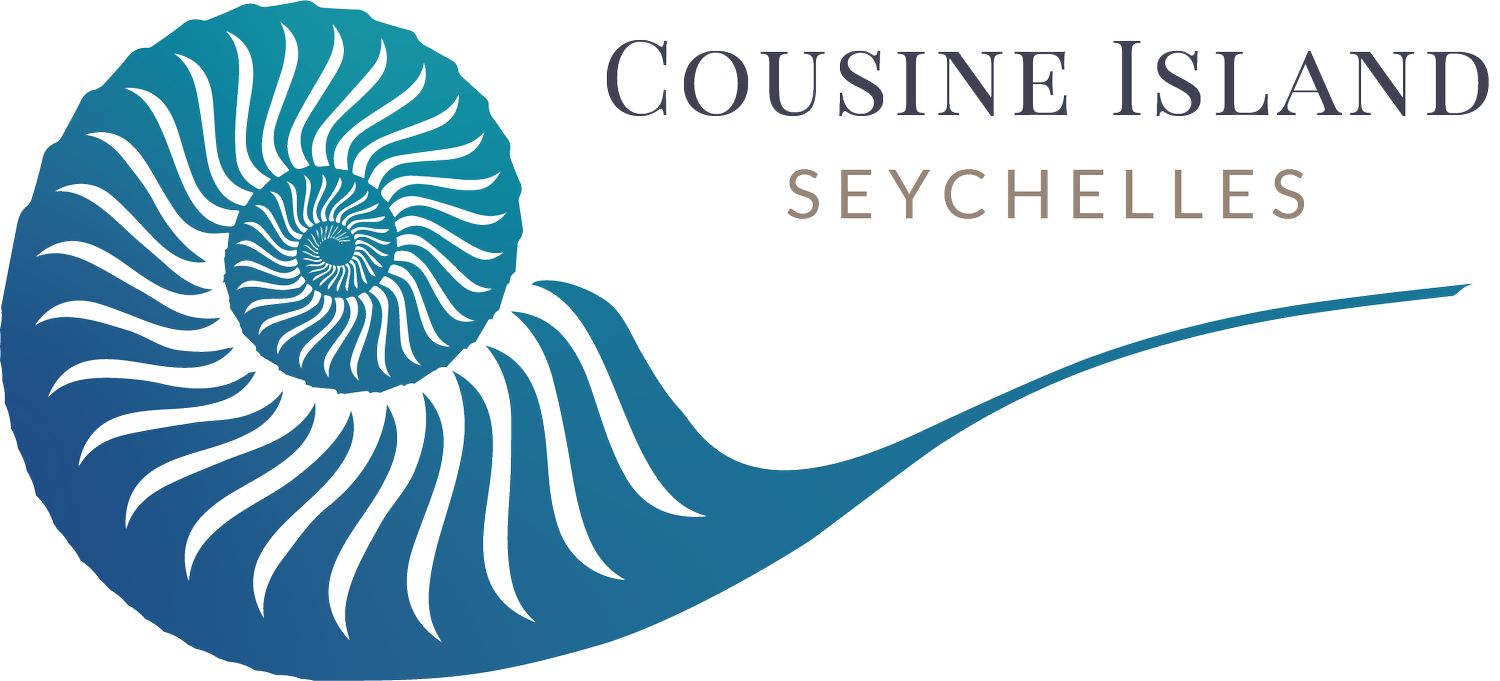Seychelles Blue Pigeon (Alectroenas pulcherrimus)
The Seychelles blue pigeon, locally known as Pizon Olande in Creole, is a delightful and common sight on Cousine Island. Both males and females exhibit similar appearances, characterized by a dark blue body complemented by a silver-grey head and breast, lending them a distinctive 'suit-like' appearance. Females take charge of nest construction using only sticks, a responsibility they carry out with meticulous care. While breeding can occur year-round, it reaches its peak between October and April, coinciding with favorable environmental conditions.
These beautiful birds are predominantly arboreal, often seen perched high in the canopy of trees where they feast on a variety of fruits. This diet, however, can occasionally lead to comical incidents. The Seychelles blue pigeon has a penchant for overripe figs, which ferment in their crops, causing them to become intoxicated. Consequently, it's not uncommon to find these normally graceful creatures behaving in a 'drunk and disorderly' manner, disoriented and grounded after such feasts.
Recognizing the vulnerability of these intoxicated birds, Cousine Island's dedicated conservation team steps in to provide temporary care until they recover. This intervention is crucial for the well-being of the pigeons, ensuring their safety and health during these periods of vulnerability. By offering support and care, the conservation team plays a pivotal role in preserving the Seychelles blue pigeon population on the island.
Cousine Island's commitment to conservation extends beyond temporary assistance. Efforts are continually made to maintain the delicate balance of the ecosystem that supports these and other endemic species. Through sustainable practices and conservation initiatives, Cousine Island strives to safeguard the natural habitat and biodiversity, ensuring that future generations can also marvel at the sight of these unique and charming birds.


